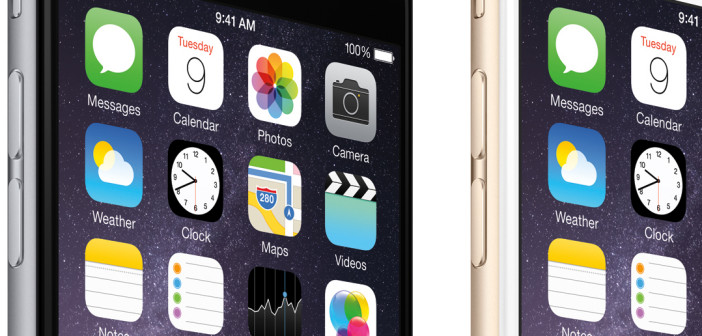By Ante Ukalovic, CEO at Centili
There’s no question that the way we pay for goods has changed. Across the globe, there is an ever-increasing need for simple mobile alternatives to serve an increasing demand for digital and virtual goods. Whether it’s in developed regions or emerging markets payment methods have evolved, and although digital payments will never fully replace physical money, there is plenty of room for the two to coexist.
This is particularly true for developing markets, as a lot of innovation in technology and user experience within mobile payments stems from these regions of the world.
For developing markets in particular, digital payments are increasingly acting as a way of meeting the unique demands of these regions that simply cannot be served by existing payment methods. South East Asia is one such example of this. It’s a region of the world where, until recently, there has been limited adoption of traditional payment methods such as credit or debit cards. This doesn’t pose a significant problem in itself, until you consider South East Asia’s appetite for online purchases. This region is seeing exceptionally high demand for digital and virtual goods, and mobile payments options like direct carrier billing are becoming increasingly popular to meet the needs of consumers as a result.
Why direct carrier billing?
For the unaware, direct carrier billing is the process of using mobile pre-paid credit to pay for services, or attaching the cost of goods to a subscriber’s existing pay monthly plan. The benefit is that it alleviates the need for card payments and also massively speeds up the overall process.
In India, another hub for this technology, $1 billion is spent online each year. With this figure increasing by 31% annually, mobile payments are contributing more and more to the local economy. Direct carrier billing, a technology capable of sidestepping the country’s relatively low credit card penetration and meeting growing demand for alternate payment methods, already has 630 million mobile subscribers in India taking advantage of it. It’s become a quick and easy alternative to more traditional payments methods, and has an added benefit of helping merchants to increase the average spend and make virtual goods considerably more accessible.
Direct carrier billing isn’t a new technology, but it has undergone a dramatic transformation since it was first introduced; it now works across desktop and mobile browsers, with support for any mobile phone user in the world. Direct carrier billing specialists have also advanced this technology in recent years to make it quicker and easier to use, which has led to lots of benefits for mobile subscribers and the companies that take advantage of it.
The rise of mobile payments in emerging markets is having a significant impact on local economies. However, the advantages of direct carrier billing for merchants do not come without challenges for the operators needed to implement the technology in order for it to function.
Role of mobile operators
For operators, the problem is that developing and maintaining direct carrier billing functionality often falls outside the usual scope of their business. Typically, all operators, but particularly those in developing markets, have focused on enhancing technologies their core subscriber base demands and, to a large extent, direct carrier billing falls outside of this.
Over the past decade, however, specialist companies and mobile payments providers have appeared to cater to this demand, not only for direct carrier billing but other popular mobile payment methods too, and huge investments have been made to improve the performance of these services.
Until recently, these specialists have only delivered one aspect of this service for operators. But now they are enabling mobile operators to roll out direct carrier billing without first having to invest significant resources into their own networks. Through years of experience and investment in R&D, the same mobile payments specialists are now able to take an active role in managing the business of direct carrier billing for operators directly, offering this as a managed service. This allows operators to make the most of a lucrative technology without needing to invest in the infrastructure themselves.
Win-win situation
The result is a two-fold boost to local markets, as operators and merchants alike stand to benefit from the flexibility and popularity of direct carrier billing. However, the big winner is the consumer whose appetite for a convenient and easy payment method is satiated by flexibility and simplicity of direct carrier billing. With the digital and virtual goods market growing at a phenomenal pace, direct carrier billing gives consumers in developing regions access to this huge market in an easy and safe way.
Centili is a direct carrier billing service for global monetisation of digital content, serving providers across multiple platforms.





